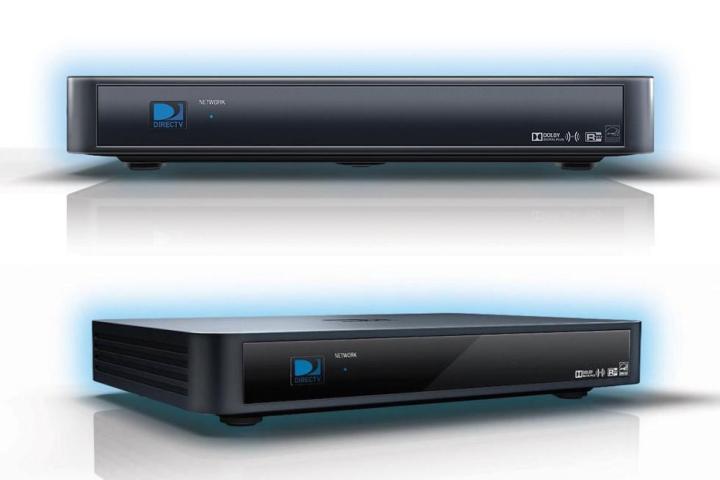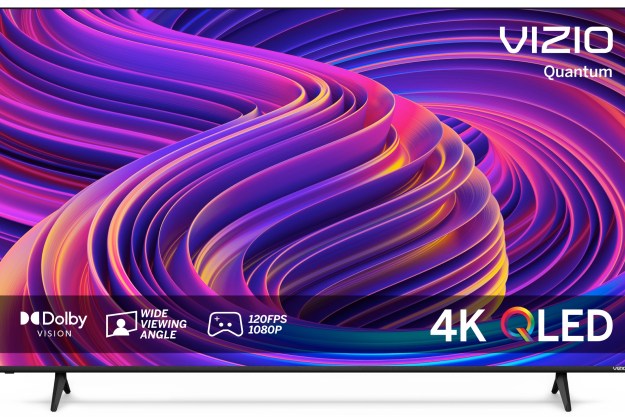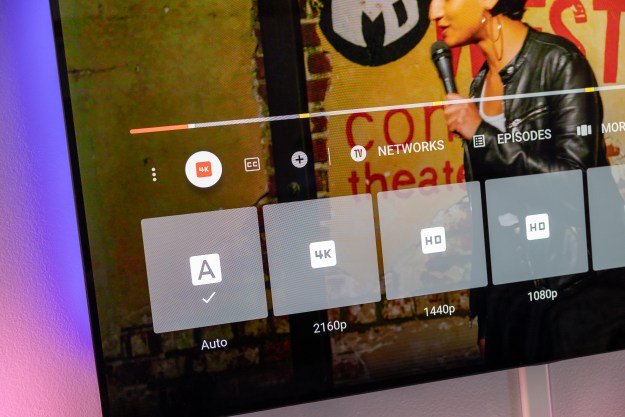
Interestingly, one core limitation of the 4K Genie Mini is that only one television at a time will be able to play UHD content in a home. If someone is watching a
Another issue is that early 4K television models purchased prior to 2015 may not meet the HDCP and HDMI requirements. If an early model is being moved to a secondary room due to a living room replacement, it could be difficult to take advantage of the
During May 2015, the company announced two new satellites launched successfully to join DirecTV’s existing fleet. The new hardware was specifically launched to increase the capacity to broadcast HD and 4K Ultra HD channels across the United States. Of course, the volume of 4K content is still somewhat limited to brand new film releases as well as a handful of popular back catalog titles. There are also a variety of
Editors' Recommendations
- What we want to see from the next Apple TV 4K
- Let’s discuss an Apple TV 4K with a camera
- Belkin drops a $50 mount for iPhone video calls on Apple TV 4K
- TCL’s giant 115-inch QM89 is the world’s largest 4K mini-LED TV
- What is 4K? Everything you need to know about 4K Ultra HD


